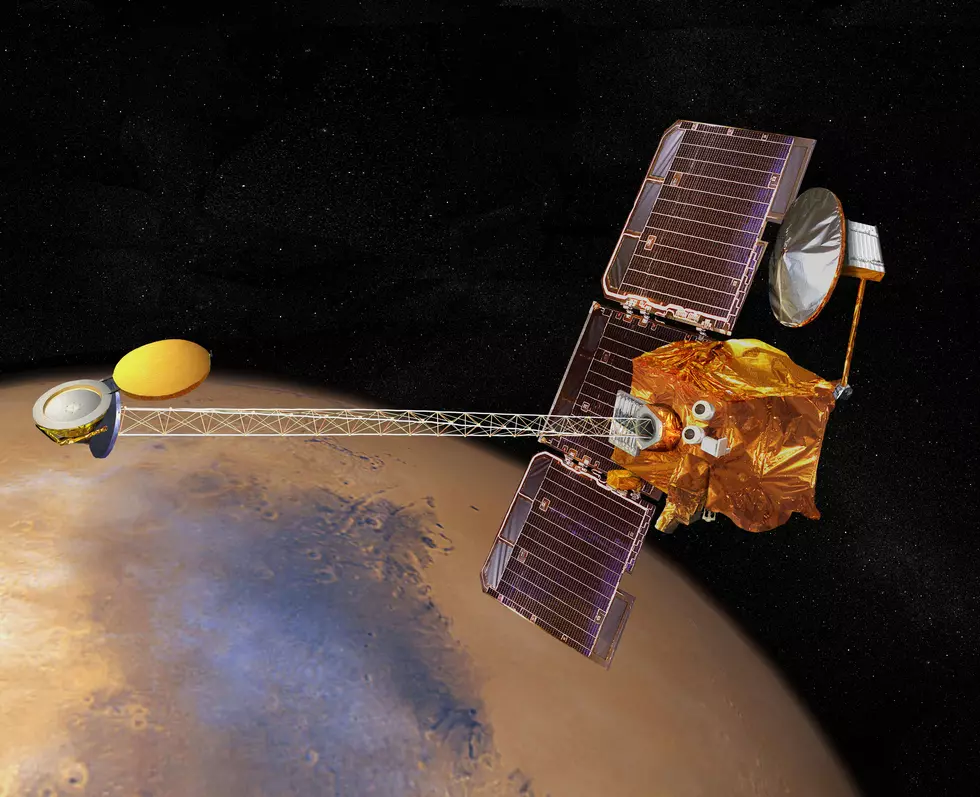
Recent Spike in Methane Gas Emissions on Mars, Possible Life Indicator
The New York Times was the first to break the news that the Curiosity rover detected a spike in methane gas emissions on the Red Planet. They published the report on June 22nd (2019) and two days later NASA confirmed that they had detected what they called "the largest amount of the gas Curiosity has ever found." NASA's press release did go on to mention that methane levels had returned to what they consider to be normal.
Curiosity's instrumentation capabilities fall short of being able to determine if the methane source is geological or biological according to the release. The Atlantic reports today that the methane spike detection information initially published by the New York Times came from leaked e-mails between NASA scientists. The information was not intended to be for public consumption and since NASA's press response, they have said nothing more on the matter.
Both the New York Times and NASA have been clear to point out that while biological life is on the list of things that can cause the methane burps, there are many others that are far less interesting. They are counting on you being bored and not asking questions.
On the dance goes, NASA has a significant finding on Mars, does not tell anyone, the information finds it's way out, is reported, sourced, redistributed and still no one cares. You should care, you should care that no one is ruling out the methane coming from a biological source. You should care that NASA didn't intend to tell you.
For the record, I'm aware that a biological source does not have to be a green man with a spaceship. I also know that biological matter does not need to have a face to F--- your day up. Laugh at me all you want, I'm asking the right questions and looking up while most are looking down.
More From WRKI and WINE









